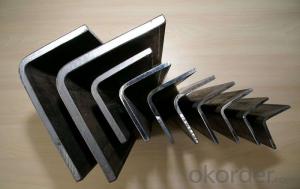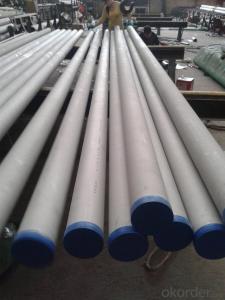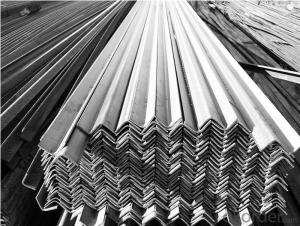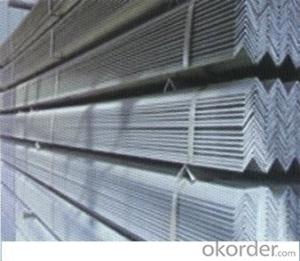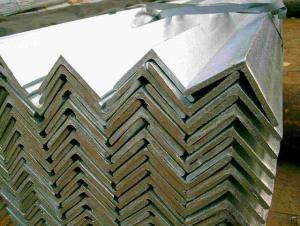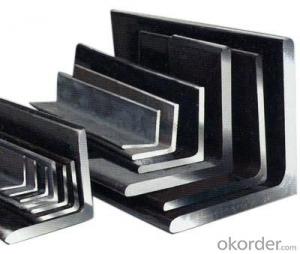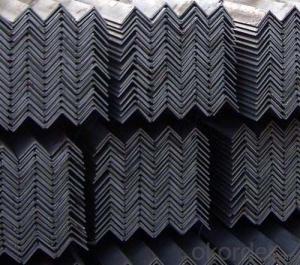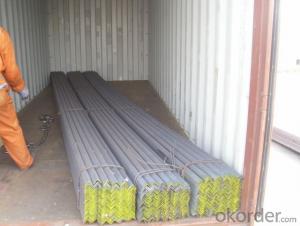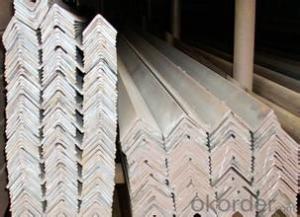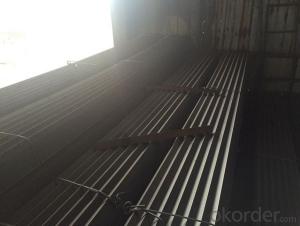Stainless Steel Weights
Stainless Steel Weights Related Searches
Best Paint For Stainless Steel Blanket Insulation For Steel Buildings Primer For Galvanized Steel Foam Filter For Stainless Steel H S Code For Stainless Steel Surface Grinding Wheels For Stainless Steel Surface Grinding Wheels For Hardened Steel Hole Saw For Stainless Steel Paint For Stainless Steel Stainless Steel For BbqHot Searches
Steel Mesh Panels For Sale Price For Stainless Steel Scrap Scrap Price For Stainless Steel Price For Stainless Steel Stainless Steel Tank For Sale Stainless Steel Sheets For Sale Cheap High Tea Sets For Sale Stainless Steel Tanks For Sale Stainless Steel For Sale High Density Fiberboard For Sale Solar Hot Water Collectors For Sale Scaffolding For Sale In Uae Scaffolding For Sale In Ireland Scaffolding For Sale In Houston Type Of Inverter For Solar Price Of Shipping Containers For Sale Types Of Inverter For Solar Stock Price For Aluminum Used Solar Inverter For Sale Steel Mesh Panels For SaleStainless Steel Weights Supplier & Manufacturer from China
Okorder.com is a professional Stainless Steel Weights supplier & manufacturer, offers integrated one-stop services including real-time quoting and online cargo tracking. We are funded by CNBM Group, a Fortune 500 enterprise and the largest Stainless Steel Weights firm in China.Hot Products
FAQ
- Yes, steel angles can be used as supports for mechanical or HVAC ducts. Steel angles provide a strong and durable framework to securely hold and provide stability to the ductwork.
- Certainly, scaffolding can indeed utilize steel angles. With their strength and durability, steel angles serve as an excellent option for bolstering hefty loads and ensuring stability at construction sites. By effortlessly connecting and assembling them, a steady structure for workers to reach elevated levels during construction or maintenance endeavors can be promptly established. Moreover, the versatility of steel angles permits diverse configurations and adjustments to cater to distinct project needs. Overall, steel angles are deemed as a dependable and frequently employed element within scaffolding systems.
- The environmental benefits of using steel angles include their high strength and durability, which allows for longer lifespan and reduced need for replacement. Steel angles are also recyclable, contributing to a circular economy by reducing the demand for raw materials and energy consumption. Furthermore, steel angles can be manufactured using recycled steel, reducing the carbon footprint and promoting sustainable practices in the construction industry.
- Certainly, curtain wall systems can incorporate steel angles. Typically, in such systems, steel angles function as support brackets or mullions. These angles offer structural stability and reinforcement for the glass panels or other types of cladding materials. It is possible to customize the sizes and shapes of steel angles to suit the specific design needs of the curtain wall system. Moreover, welding or bolting steel angles together allows for the creation of the desired framework for the curtain wall. In conclusion, steel angles present a robust and dependable choice for integration into curtain wall systems.
- There are several methods of connecting steel angles, including welding, bolting, riveting, and using adhesive or epoxy. Each method has its own advantages and considerations depending on factors such as the load-bearing requirements, structural design, and environmental conditions. It is important to carefully select the appropriate connection method to ensure the strength, stability, and durability of the steel angle connections.
- What is hot dip galvanized steel angle?
- It's angle iron. Hot galvanizing is a way of preserving it
- There are several different types of connections that can be used for steel angles, depending on the specific application and load requirements. Some of the common types of connections for steel angles include: 1. Welded connections: This is the most common type of connection for steel angles. It involves welding the angle to the supporting structure or to another angle to create a strong and rigid connection. Welded connections are often used in applications where high load capacity and stability are required. 2. Bolted connections: Bolted connections involve using bolts to connect the steel angles to the supporting structure or to other angles. This type of connection allows for easy assembly and disassembly and is often used in applications where flexibility and adjustability are important. 3. Riveted connections: Riveted connections are similar to bolted connections, but instead of using bolts, rivets are used to secure the steel angles. Riveted connections provide a strong and durable connection and are commonly used in structural applications. 4. Clip connections: Clip connections involve using steel clips to connect the angles to the supporting structure. This type of connection is often used in applications where ease of installation and flexibility are important. 5. Moment connections: Moment connections are used to transfer bending moments between steel angles and the supporting structure. These connections are designed to provide rigidity and stability in applications where high load capacity and resistance to lateral forces are required. 6. Gusset plate connections: Gusset plate connections involve using steel plates to connect the steel angles to the supporting structure. These connections provide additional strength and stability and are commonly used in applications where heavy loads and high stresses are anticipated. It is important to note that the choice of connection type depends on several factors, including the specific application, load requirements, and design considerations. Consulting with a structural engineer or a professional in steel construction is recommended to ensure the appropriate connection type is selected for a specific project.
- Steel angles are known for their durability and strength, making them highly resistant to extreme weather conditions. These angles are typically made from hot-rolled steel, which is known for its excellent weathering properties. They have a high tensile strength and can withstand harsh conditions such as heavy rainfall, high winds, and extreme temperatures. Steel angles are also corrosion-resistant, which means they can withstand exposure to moisture and humidity without rusting or deteriorating. This makes them ideal for outdoor applications where they may be exposed to rain, snow, or other environmental factors. Furthermore, steel angles are highly stable and can maintain their shape and structural integrity even under extreme weather conditions. They are designed to provide support and stability to structures, making them ideal for use in buildings, bridges, and other infrastructure projects that need to withstand hurricanes, earthquakes, or other severe weather events. Overall, steel angles are an excellent choice for applications that require resistance to extreme weather conditions. Their strength, durability, and corrosion resistance make them a reliable and long-lasting option for outdoor structures.





























